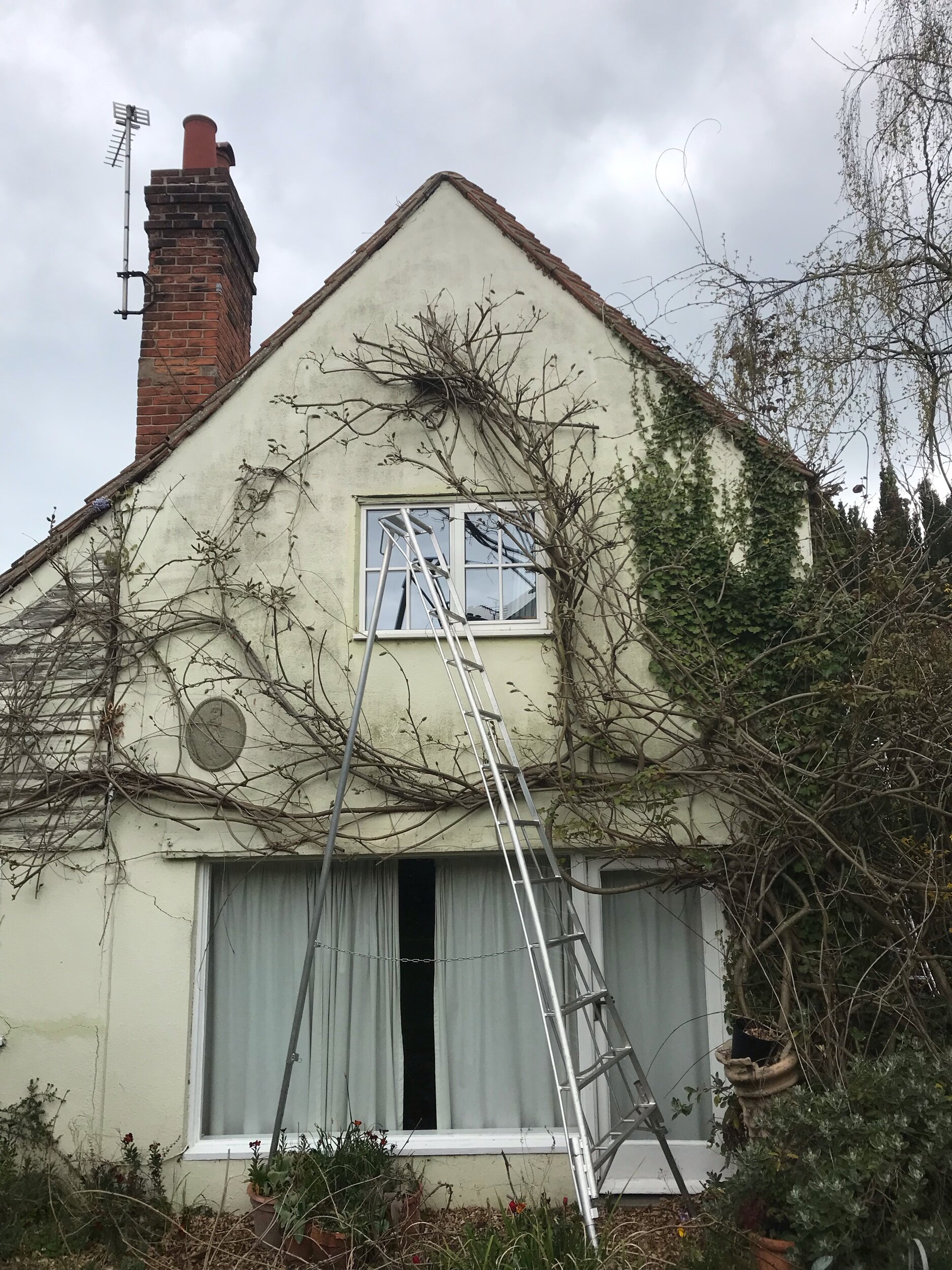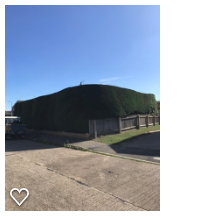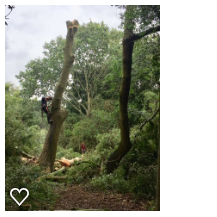What is tree surgery?
Tree surgery is the professional care and maintenance of trees. It involves a variety of techniques, such as pruning, crown reduction, felling, and stump removal, to keep trees healthy and safe. Tree surgeons are also qualified to assess the health of trees and identify potential hazards.
How much does tree surgery cost?
The cost varies and will depend on the size of the tree, the amount of work that needs doing, the length of time and number of people involved, access to the work area, amount of waste.
Tendring Tree Surgery are qualified to provide free quotes and consultations to ensure that your trees are maintained to a high standard.
What does a tree surgeon do?
Tree surgery involves looking after trees by assessing the tree and carrying out work to maintain the tree's health.
A variety of techniques are used to care for your trees, to keep them healthy and safe. This may include pruning, reducing, pollarding, stump removal and tree felling.
Hazards and diseases can be identified and work carried out to ensure a tree is safe.
What areas does Tendring Tree Surgery cover?
We are based in the Tendring district in Essex and cover anywhere within Essex and Suffolk. Most of our tree surgery work is carried out in and around Manningtree, Clacton, Colchester, Harwich and Ipswich including the surrounding towns and villages like Dedham, Ardleigh, Little Bromley, East Bergholt, Brantham, Holbrook, Wix, Bradfield, Mistley, Tendring, Walton-on-the-Naze, Frinton-on-sea, Holland-on-Sea, Brightlingsea, St Osyth, Great Bentley, Wivenhoe.
Why do I need a tree surgeon and not a gardener?
Tree surgeons are trained and qualified in arboriculture, focusing on the structure and care of trees.
Tree work is inherently dangerous, so it’s important to use qualified arborists with the skills and expertise to carry out work safely. Tree surgeons will have specialist equipment, knowledge and use appropriate techniques to carry out tree work safely and professionally, to a high standard.
There may be local legal regulations, such as Tree Preservation Orders and conservation areas that need to be taken into consideration for any work carried out. A tree surgeon will be able to advise on this and can complete the necessary processes and applications to get permission to carry out work.
Before any work is carried out, always check that full insurance is held to give you peace of mind in the event of any damage being caused.
When is the best time of year for tree surgery?
This depends on a number of factors, including:
The species of tree - Different species have different dormancy periods and react differently to pruning at different times.
The type of tree work required - Pruning for aesthetics might have different timing considerations than removing diseased branches.
Safety aspects - Any work that involves diseased or hazardous branches for example would be done at any time to prioritise safety.
Seasons - work cannot be carried out to any trees or hedges that have active nests. This is typically during the Spring months but certain bird species have longer nesting periods. All trees are inspected prior to any work being carried.
Generally, the best time for most tree surgery falls within the dormant season, which is typically Late autumn (November-December) to early spring (March). During this period, trees are not actively growing new leaves and flowers, focusing their energy on root development and repair. This makes them less susceptible to stress from pruning and allows wounds to heal faster.
However, some types of tree work can be carried out to certain species at other times of the year.
It’s important to speak to a qualified tree surgeon who can make recommendations based on your specific situation.
Do I need permission to cut down a tree?
You should always check with your local council before any tree work is carried out.
Permission will always be required if work is required to a tree with a Tree Preservation Order (TPO) or if it is located within a Conservation Area.
Typically, an application for tree work will take 6 - 8 weeks to receive permission, although this varies from council to council.
Consulting a qualified tree surgeon is always recommended for proper diagnosis, advice, and safe execution of any tree surgery task.
Book an Appointment
We offer free, no obligation consultations and quotes!
Contact Ben:
07925 578054
ben@tendringtreesurgery.co.uk











